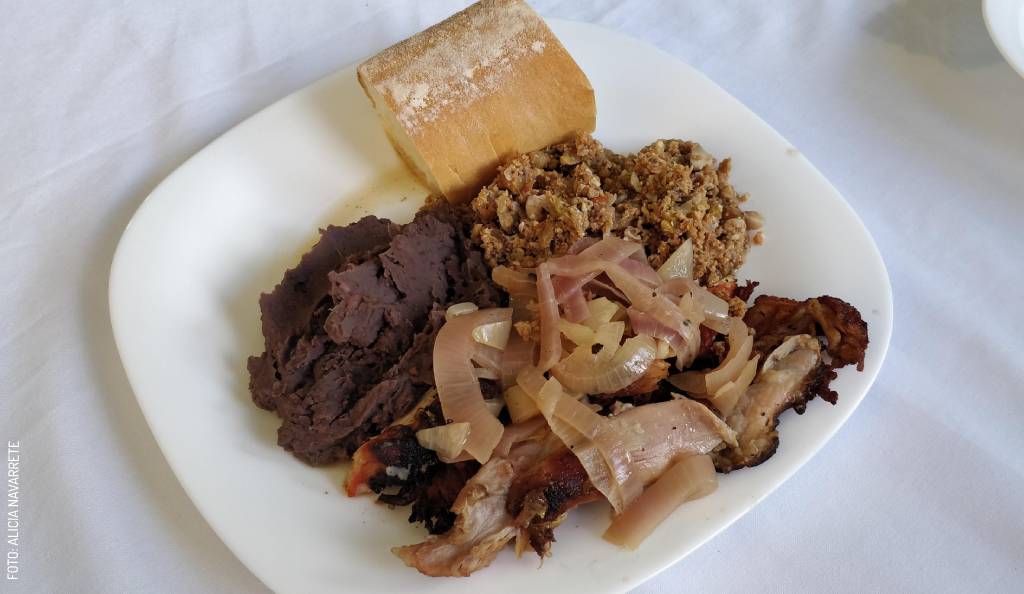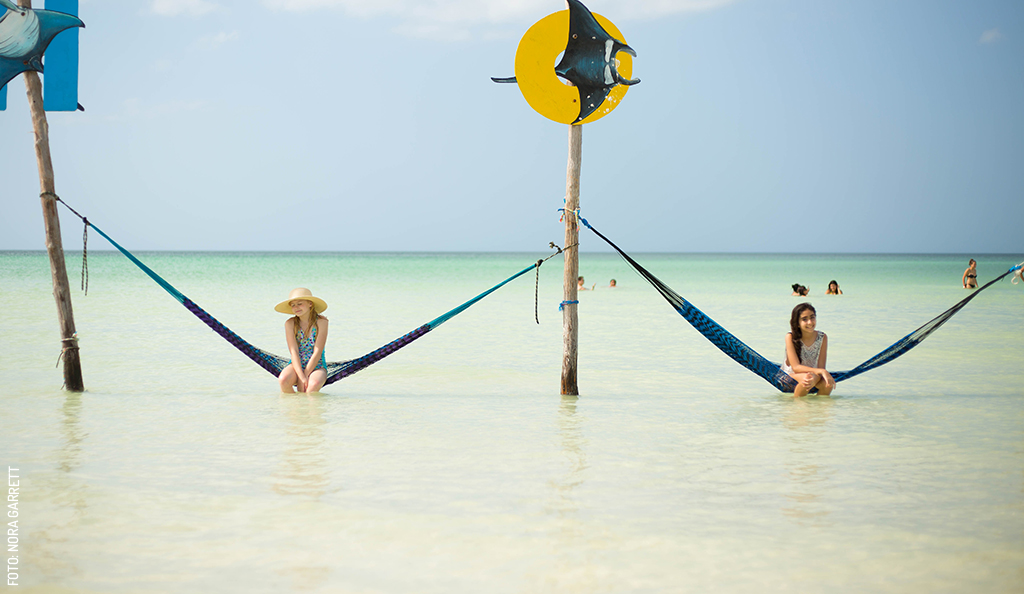
Ode to Sleeping in a Hammock
Don't tell any chiropractor or orthopedic surgeon (other than my dad) I said this, but there is nothing better than sleeping in a hammock. Although both disciplines are very clear in their appreciation of the dangers that hammocks represent for people’s backs, in my experience, we Yucatecans believe there is something that we know and they don’t.
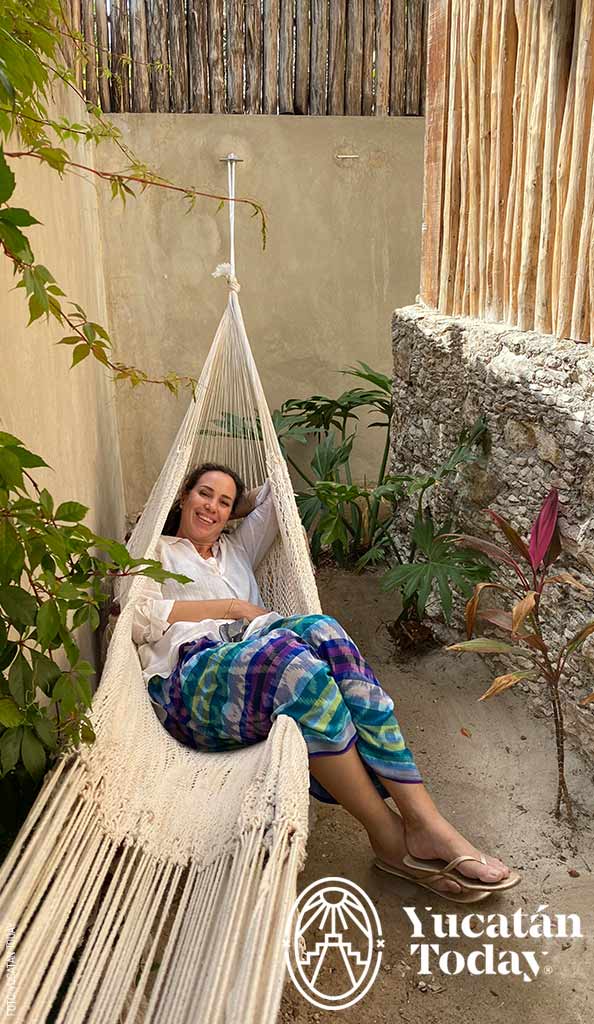 Sleeping in a hammock is comfortable and practical; it allows you to save space and energy (you don't need air conditioning; even less so if you have good ventilation in your home), so it's also environmentally and pocket-friendly. However, in my experience, those who were not “born” in a hammock constantly wonder how we Yucatecans manage to sleep in what they see as basically a swing.
Sleeping in a hammock is comfortable and practical; it allows you to save space and energy (you don't need air conditioning; even less so if you have good ventilation in your home), so it's also environmentally and pocket-friendly. However, in my experience, those who were not “born” in a hammock constantly wonder how we Yucatecans manage to sleep in what they see as basically a swing.
First of all, the type of hammock can make all the difference. To have a good night’s sleep, you need a good quality hammock: the best ones are made with crochet (cotton) thread and are tightly-woven; those are much cooler (and more comfortable) than open-weave nylon ones. In addition, your hammock must be wide: I recommend one that exceeds your height even if you’re lying perpendicular to the hammock’s arms.
The next thing is to hang the hammock at a good height; this can mean different things to different people, so you may have to experiment a bit, but it's usually somewhere between your knee and your hip.
You're almost there! The most common mistake beginners make is to lie down following the length of the hammock: that’s the quickest way to get a chiropractor to say “I told you so.” The correct way is to place your body making a 30- to 45-degree angle with the hammock. Not only is this convenient for watching TV (rocking yourself against the wall is optional), but it allows the hammock to support each part of your body so it feels like you’re floating safely.
I think this may be the hardest part to explain, not only in writing but even in person. You see, Yucatecos are placed in hammocks as newborns, basically; more than memory, we have the muscle “wisdom” that allows us to truly relax in a hammock. To really rest in one, it’s very important to let the hammock do the work. The hammock should hold and hug you; its threads must be tense (not stiff) and support each part of your body, almost independently.
Although some modern houses are changing, Yucatecan houses have always been full of Hamaqueros (hammock hangers): in the bedrooms, yes, but also in the living room, on the terrace, in the garage, in the kitchen. You never know where you're going to want to take a nap, or who might come over for a visit. Old-school Hamaqueros necessitated the use of “eses” (S-shaped pieces of metal); more modern options are built into the wall and are shaped more like Ts. They’re still called Hamaqueros. Houses at the beach used to go even further with Hamaqueros everywhere that was physically possible; that way everyone was able to spend the night, including anyone who stopped by with a food offering, and just happened to have their hammock (preferably with its “eses”) with them. It wasn’t uncommon to sleep in double-decker hammocks (one on top of the other, like bunk beds). At my grandparents' house, on the beach, I even shared a hammock with one of my cousins once (it's less uncomfortable than it sounds, but it's definitely not ideal).
Can you fall while sleeping in a hammock? Of course; this is how character is built. No, but seriously, children’s hammock edges are usually tied up to be raised, so they’ll have “walls” like a crib. If done right, it's really hard for a baby to “escape” a hammock. The real danger, for users of all ages, is for the ropes to be in poor condition and break, or to be hung incorrectly and come off the “S.” Both have happened to me; my pride hurt the most.
So, what do you say? Are you ready to try sleeping in a hammock?
Photography by Yucatán Today, Arturo Sánchez and Ana Lilia Navarrete for its use in Yucatán Today.
First published in Yucatán Today print and digital magazine no. 414, in July 2022. Last updated in May 2024.

Author: Alicia Navarrete Alonso
As a kid I heard that there's more to see than can ever be seen and more to do than can ever be done, so I set out to try. I'm passionate about knowledge and I love to share whatever my own is.
¡Receive the latest articles and much more from the best of Yucatán in your email!
Related articles
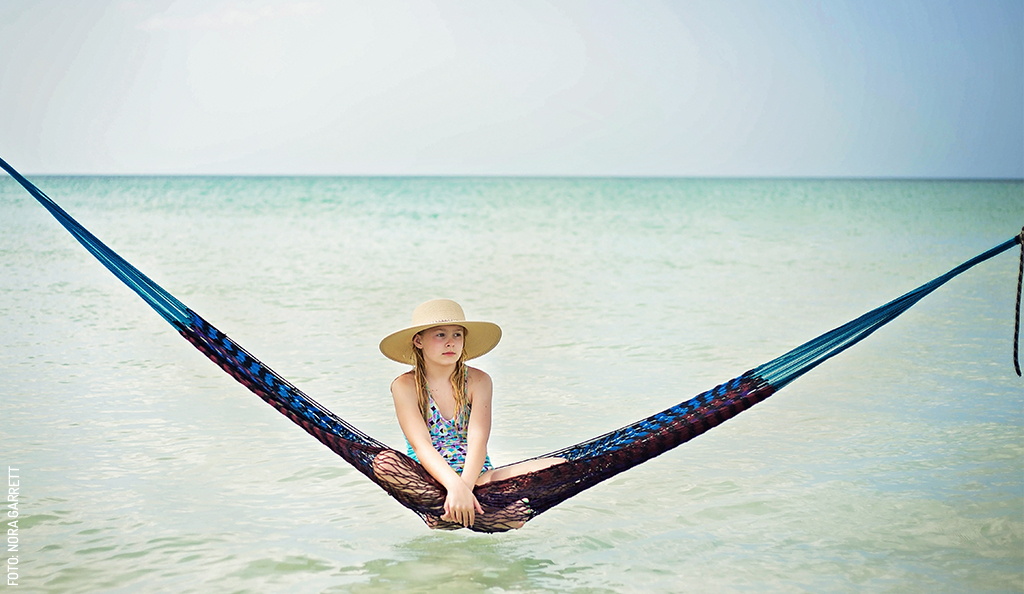
Sleep Like a Yucatecan
If you are Yucatecan you are most certainly familiar with the hammock. If you’re not a Yucatecan, you might be acquainted with the hammock as a...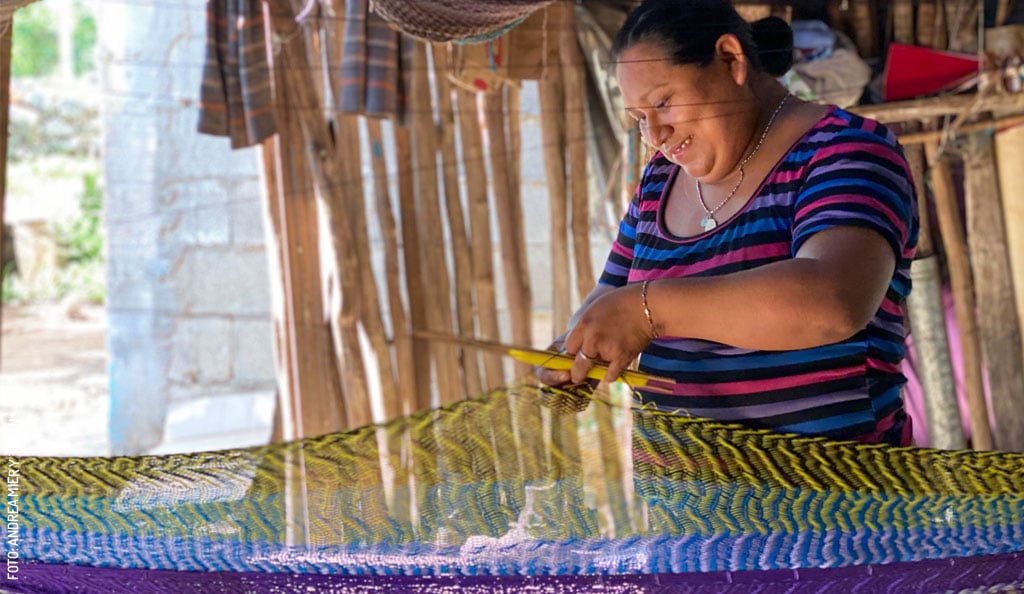
Hammocks: a legacy woven by hand
Yucatan Hammocks: An artisanal legacy woven thread by thread. Discover the art, patience, and skill of weaving Yucatan culture into every hammock.